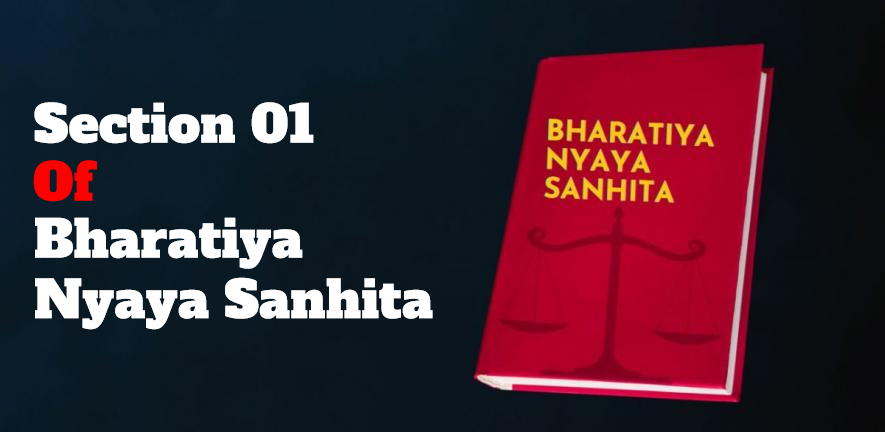Section 353 of the Bharatiya Nyaya Sanhita (BNS) 2023 covers statements conducing to public mischief. The key points are:
- Whoever makes, publishes or circulates any false statement, information, rumor, or report, including through electronic means, with intent to cause mutiny in the armed forces, fear or alarm to the public, or incite one class/community to commit an offence against another, shall be punished with up to 3 years imprisonment or fine or both
- Whoever makes, publishes or circulates false information to create enmity between different religious, racial, language or regional groups on grounds of religion, race, place of birth, residence, language, caste or community, shall be punished with up to 3 years imprisonment or fine or both.
- If the offence in sub-section (2) is committed in a place of worship or religious assembly, the punishment is up to 5 years imprisonment and fine.
- It is not an offence if the person has reasonable grounds to believe the information is true and publishes it in good faith without malicious intent.
In the previous Indian Penal Code (IPC), statements conducing to public mischief were covered under Section 505. The BNS has introduced this new provision to specifically address the growing issue of misinformation and hate speech, especially through digital media channels.
How does Section 353 of the New Bharatiya Nyaya Sanhita compare to Section 124A of the Indian Penal Code
Section 353 of the Bharatiya Nyaya Sanhita (BNS) 2023 and Section 124A of the Indian Penal Code (IPC) 1860 both deal with offenses related to inciting public mischief, but there are some key differences:
Terminology
- Section 124A of the IPC specifically used the term “sedition” to describe the offense, while Section 353 of the BNS avoids this term and instead refers to “statements conducing to public mischief”
Scope
- Section 124A of the IPC criminalized any words, signs or visible representations that brought “hatred or contempt” or “excite disaffection” towards the government.
- In contrast, Section 353 of the BNS focuses more narrowly on false statements, information, rumors or reports that specifically intend to cause mutiny in the armed forces, public fear/alarm, or incite one class/community against another.
Electronic Means
- Section 353 of the BNS explicitly includes the use of “electronic means” to make, publish or circulate the false statements. This was not specified in the original Section 124A of the IPC.
Punishments
- The punishments under Section 353 of the BNS are up to 3 years imprisonment and/or fine for the general offense, and up to 5 years imprisonment if committed in a place of worship
- The punishments under Section 124A of the IPC were imprisonment for life, or imprisonment up to 3 years, and/or fine.
So in summary, while both sections criminalize inflammatory speech, the BNS has narrowed the scope to focus more on false information and hate speech, rather than just criticism of the government. It has also increased the penalties for offenses committed online or in religious places. The terminology shift from “sedition” to “public mischief” is also notable.

Adv Ashish Sharma has dedicated his career to helping individuals and businesses navigate the intricate legal landscape with confidence. From providing expert advice on current legal issues to offering clear explanations of legal principles, he strives to empower his audience with knowledge and understanding.


